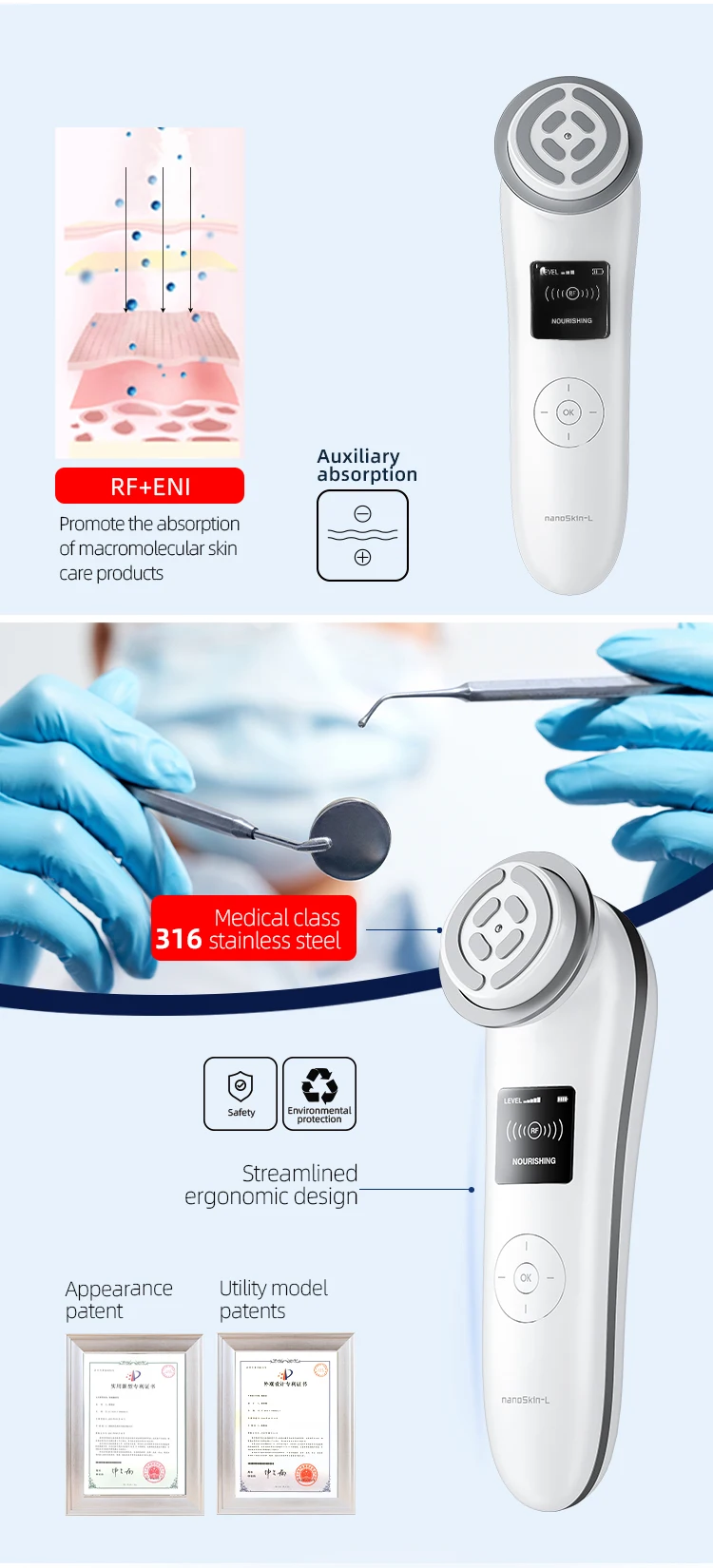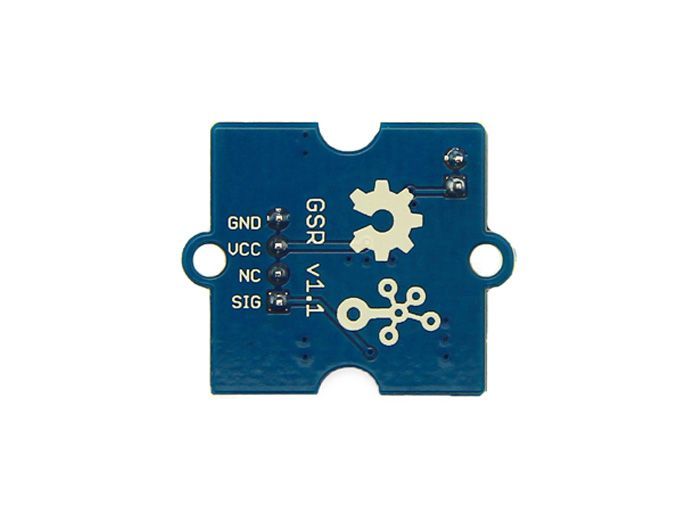

Galvanic Response. Skin Response Definition
This was interpreted as providing evidence for the utility of using GSR to indicate cognitive loads. For all three interfaces, the total response increased with task complexity. Initial analysis of data from five participants indicated that average response levels were lowest for the multimodal interface, followed by speech and then gesture interfaces. Participants used gesture-based, speech-based, or multimodal (speech and gesture) interfaces to complete tasks. An examination of some of these studies indicates the common theme of using these techniques to record real-time observations of a task in progress, as opposed to subjective, posttest response.A study of cognitive load and multimodal interfaces used three different traffic control interfaces with three different task complexity levels to investigate the possibility of using galvanic skin response (GSR) to measure cognitive load. The biosensor market is projected to reach USD 34.1 billion by 2026.Galvanic skin response definition is - a change in the electrical resistance of the skin that is a physiochemical response to emotional arousal which increases sympathetic nervous system activity.Despite the challenges, numerous HCI researchers have used physiological data to observe user interactions in ways that would not otherwise be possible.

Participants were recruited in pairs of friends, so each person knew their opponent. Specifically, they hypothesized that participants would prefer playing against friends, GSR and EMG values would be higher (due to increased competition), and that differences between GSR readings in the two conditions would correspond to subjective ratings ( Mandryk and Inkpen, 2004).To test these hypotheses, they asked participants to play a hockey video game, against the computer and against a friend. Starting from the premise that the physiological data would provide objective measures that would be correlated to players' subjective reports of experiences with video games, the researchers hypothesized that preferences and physiological responses would differ when comparing playing against a computer to playing against a friend. Intrusive data collection techniques, such as “think-aloud” descriptions, interfere with the game-playing experience and posttest questionnaires fail to recapture all of the nuances of the playing experience ( Mandryk and Inkpen, 2004).One study used various physiological data sources—GSR, EKG, cardiovascular rate, respiration rate, and facial EMG—to measure responses to computer games played against a computer and against a friend. However, the fast-paced nature of these games limits the applicability of many techniques.
Examination of the relationship between GSR, fun, and frustration revealed a positive correlation with fun and a negative correlation with frustration ( Mandryk and Inkpen, 2004). Investigation of specific incidents also revealed differences—participants had a greater response to a fight when playing a friend. Cardiovascular and respiratory measures did not show any differences.
Other HCI applications involving EEG signals include identifying images of interest from a large set ( Mathan et al., 2006) and measurement of memory and cognitive load in a military command-and-control environment ( Berka et al., 2004).Electromyography has been used to measure a variety of emotional responses to computer interfaces. Similar to the study of cooperative gaming described earlier ( Mandryk and Inkpen, 2004), one study found that EEG signals could be used to distinguish between resting states, solo game play, and playing against an expert player ( Lee and Tan, 2006). Machine-learning algorithms applied to EEG signals have been used to distinguish between different types of activity.
Designers must consider the complexity of the user interactions across these interfaces and strive to unify the experiences across visual design, content, and interaction design. (2016).User Experience Across Platforms BackgroundUsers interact with products across Web-based and desktop applications, mobile apps and through person-to-person contact (e.g., phone, text chat, in-person). Several of these applications have been discussed in this chapter for a more in-depth discussion, see “Body Tracking in Healthcare” in O'Hara et al. Combinations of multiple physiological measures, including EMG, have also been used to study emotional responses ( Mahlke et al., 2006).A broad body of work has explored the use of body sensing in a variety of healthcare domains, including assessment of disability, rehabilitation, and in use by clinicians. An experiment involving boys playing racing games on the Microsoft Xbox established the validity of facial EMG for distinguishing between positive and negative events ( Hazlett, 2006). Similar studies used EMG to measure emotional responses to videos describing new software features, tension in using media-player software ( Hazlett and Benedek, 2006), and task difficulty or frustration in word processing ( Branco et al., 2005).
The second goal was to make recommendations for the branding and Web site design of their products based on participant feedback. The first goal was to understand what engages consumers on both the client’s product packaging and Web site when considering natural, outdoor skincare products. We had two main goals for the project. Use CaseOur client for the project was a leading sunscreen manufacturer, rated #1 by Consumer Reports Magazine. By understanding when and what emotional responses users have, designers can construct the user experience appropriate to the context of the interaction, resulting in a more unified whole.
The combination of these data and self-reported qualitative data provides richer insight into emotions. With no single physiological measurement directly assessing emotions, researchers must measure affective responses with a variety of tools. Issue or ProblemEmotions are often instantaneous and may be unconscious, so researchers should not depend solely on self-reported responses ( Gonyea, 2005). We wanted to understand how current consumers perceived the product in relation to other natural skincare products before transitioning into a more competitive market that included non-natural products. Persona DescriptionThe study focused on mothers with young children (under the age of 18) living at home, who shopped at Whole Foods grocery store and who had purchased sunscreen and insect repellent in the last year. The client wanted to provide a unified product experience across the platforms and to understand the emotional responses to these experiences in order to iterate on their branding to address the context of their consumers’ purchasing decisions.
Eyetracking glasses and EDA gloves.EDA, also known as skin conductance or galvanic skin response (GSR), is a method of measuring the electrical conductance of the skin, which varies with its moisture level. Tools Electrodermal ActivityFigure 7.3.


 0 kommentar(er)
0 kommentar(er)
